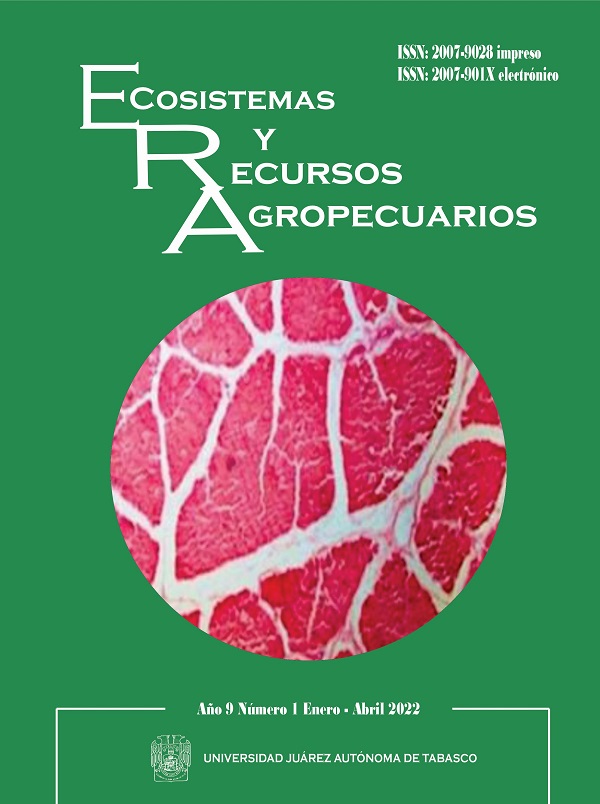Valorando bienes y servicios ambientales (BSA) del manglar en la ostricultura artesanal: Las Tunas, Cuba
DOI:
https://doi.org/10.19136/era.a9n1.2829Resumen
En Cuba, la producción de ostión de mangle Crassostrea rhizophorae proviene de la pesca extractiva (75%) y del cultivo artesanal (25%). En la pesca extractiva ocurre descortezado o corte de raíces de mangle rojo (Rhizophora mangle) durante la recolecta de ostión. En el cultivo se utilizan troncos y ramas de mangle para las granjas y confección de colectores, lo que daña al ecosistema y reduce la oferta de bienes y servicios ambientales (BSA) que presta el manglar. Con el objetivo de evaluar mediante un análisis de costo-beneficio la actividad ostrícola en Puerto Padre, Las Tunas, Cuba, y determinar la viabilidad económica y ambiental de la ostricultura artesanal, se aplicaron estrategias productivas con enfoque ecosistémico incluyendo un valor ecológico representativo del beneficio bruto de las funciones del manglar. El cultivo artesanal realizado es una alternativa de producción económica y ambientalmente viable, con mayor rendimiento promedio en carne de ostión (6.4%), versus rendimiento en carne de la pesca extractiva (5.8%). La inclusión, en el análisis de costo-beneficio de la actividad ostrícola, del costo por daños y beneficios al manglar, indica la necesidad de incluir la valoración de BSA en los mecanismos tradicionales de evaluación económica.
Descargas
Descargas
Publicado
Número
Sección
Licencia
Derechos de autor 2022 Ecosistemas y Recursos Agropecuarios

Esta obra está bajo una licencia internacional Creative Commons Atribución-NoComercial-CompartirIgual 4.0.
1. Política propuesta para revistas de acceso abierto
Los autores/as que publiquen en esta revista aceptan las siguientes condiciones:
1. Los autores/as conservan los derechos de autor y ceden a la revista el derecho de la primera publicación, con el trabajo registrado con la Licencia CC BY-NC-ND 4.0 Creative Commons Attribution-NonCommercial-NoDerivatives 4.0 Internacional de Creative Commons, que permite a terceros utilizar lo publicado siempre que mencionen la autoría del trabajo y a la primera publicación en esta revista.
2. Los autores/as pueden realizar otros acuerdos contractuales independientes y adicionales para la distribución no exclusiva de la versión del artículo publicado en esta revista (p. ej., incluirlo en un repositorio institucional o publicarlo en un libro) siempre que indiquen claramente que el trabajo se publicó por primera vez en esta revista.
3. Se permite y recomienda a los autores/as a publicar su trabajo en Internet (por ejemplo en páginas institucionales o personales) antes y durante el proceso de revisión y publicación, ya que puede conducir a intercambios productivos y a una mayor y más rápida difusión del trabajo publicado (vea The Effect of Open Access).
![]()
This work is licensed under CC BY-NC-ND 4.0


